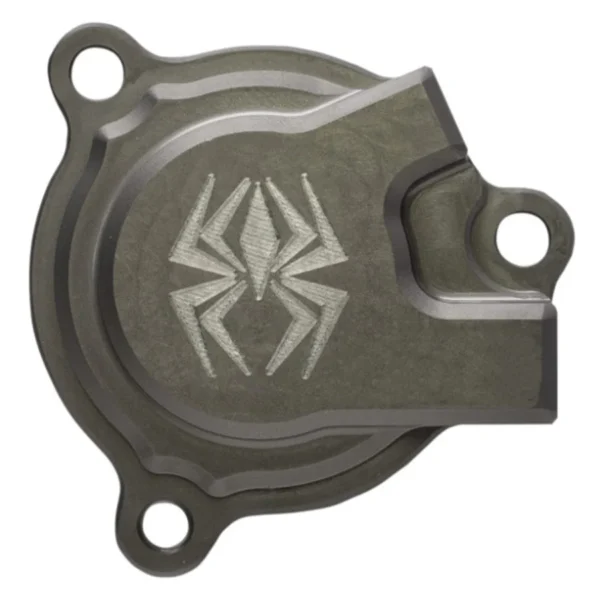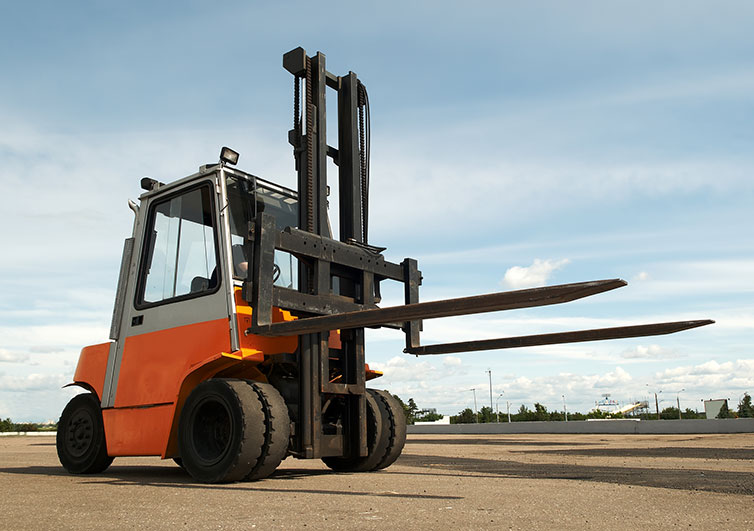The Feasibility of Converting a Harley Hydraulic Clutch to Manual
Hydraulic clutch systems on Harley-Davidson motorcycles offer smooth, self-adjusting operation but lack the tactile feedback preferred by some riders. Converting to a manual (cable-actuated) clutch is technically feasible but involves significant mechanical re-engineering. Unlike automotive transmissions where swaps follow established patterns (like the 4G61t automatic-to-manual conversion requiring pedal assemblies, hydraulic components, and safety switch rewiring), motorcycle conversions present unique challenges. The hydraulic system’s master cylinder, fluid lines, and slave cylinder must be entirely removed and replaced with a cable-operated mechanism routed through the frame to a clutch lever. This process demands precise component compatibility and alters the bike’s ergonomics substantially. Riders considering this conversion typically seek reduced maintenance complexity or desire the direct mechanical feel absent in hydraulic systems, but must weigh these against potential warranty implications and engineering challenges.
Converting a Harley hydraulic clutch to manual requires replacing the entire actuation system: 1) Remove hydraulic master cylinder, line, and slave cylinder; 2) Install clutch lever perch with cable quadrant; 3) Route custom-length clutch cable through frame; 4) Fit cable-compatible clutch release mechanism; 5) Adjust free play at lever and primary case. Professional installation is critical to prevent clutch slippage or premature wear. Expect 3-5 hours labor plus $150-$300 in parts. Post-conversion, manual systems require regular cable lubrication and adjustment but offer tactile feedback hydraulic systems lack.

Essential Components for Conversion
Successful conversion demands meticulously selected parts that match your Harley’s model year and engine configuration. The core components include: 1) Manual clutch lever assembly with perch and cable quadrant (must match handlebar diameter); 2) Clutch cable of exact length with proper ends (ferrules and adjusters specific to Harley applications); 3) Clutch release arm and mechanism compatible with cable operation (replaces hydraulic slave cylinder); 4) Primary case gasket for accessing the clutch pack; and 5) Adapter plates or brackets if your stock primary cover lacks cable routing provisions. Compatibility is paramount—using mismatched components like incorrect cable ends or release arms causes binding and accelerated wear. As seen in bicycle brake systems where BH59 vs BH90 hoses require specific inserts to prevent leaks, precision in hydraulic-to-mechanical interfaces prevents failure.
Step-by-Step Conversion Process
Converting demands methodical disassembly and precision reassembly. Begin by draining primary case oil and removing the hydraulic slave cylinder from the clutch release mechanism. Detach the hydraulic line from the master cylinder (protect paint from brake fluid!). Remove the handlebar-mounted master cylinder assembly completely. Next:
- Install manual lever perch: Mount to handlebars with throttle-side clearance
- Route clutch cable: Follow factory paths avoiding sharp bends (max 30° at junctions)
- Modify primary cover: Install cable entry seal or adapter if lacking provisions
- Attach release arm: Connect cable end to arm at primary case (preload spring typically required)
- Adjust free play: Achieve 1/8″-1/4″ lever movement before engagement
Post-installation, test engagement points at standstill before road testing. Expect a stiffer lever pull versus hydraulic systems—a trade-off for tactile feedback and simplified maintenance.
Technical Challenges and Solutions
Three primary hurdles complicate conversions: cable routing conflicts, release mechanism compatibility, and ergonomic shifts. Modern Harleys with dense handlebar electronics may lack space for cable clearance, requiring creative routing or control relocation. Solution: Use angled cable adjusters or reroute wiring harnesses. The clutch release arm spline count must match your transmission’s worm gear—1991-2006 Big Twins differ from M8 models. Verify spline specifications before purchasing components. Ergonomic changes include increased lever effort (up to 30% heavier pull) and reduced self-adjustment capability. Hydraulic systems automatically compensate for clutch wear while manual systems require periodic cable adjustment—typically every 500-1,000 miles. Install adjustable levers and high-quality cables to minimize effort.
Performance and Maintenance Tradeoffs
Post-conversion riders gain precise clutch modulation at the cost of maintenance frequency. Manual cables stretch over time, necessitating periodic adjustments at the lever and primary case—unlike hydraulic systems that maintain consistent engagement. However, cable systems eliminate fluid contamination risks and hydraulic component failures (common in slave cylinders near hot engines). Expect:
- Increased feedback: Direct cable connection transmits clutch plate engagement vibrations
- Simplified troubleshooting: Cable issues identified visually vs hydraulic system pressure testing
- Reduced fluid vulnerability: No DOT fluid absorption concerns or bleeding procedures
Riders in extreme climates particularly benefit—manual systems avoid hydraulic fluid viscosity issues in freezing temperatures.

Professional Alternatives and Recommendations
Before committing to full conversion, consider intermediary solutions. Hybrid systems like Magura’s Hymec combine hydraulic actuation with cable routing, offering lighter lever pull with cable simplicity. Alternatively, high-performance hydraulic upgrades (Oberon or Lyndall Racing) improve feel without abandoning hydraulics. For pure manual conversion, trusted kits include Barnett’s Scorpion or Motion Pro’s Terminator cables paired with Rekluse perch assemblies. Ultimately, unless seeking specific performance characteristics or addressing chronic hydraulic failures, most riders should retain factory systems. As demonstrated in automotive swaps where auto-to-manual conversions demand “all brackets and levers from any 89-92 csm manual transmission”, motorcycle conversions similarly require model-specific precision—consult service manuals or experienced Harley technicians before modification.



